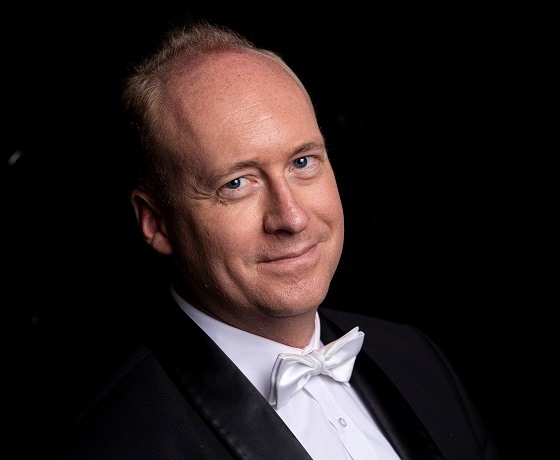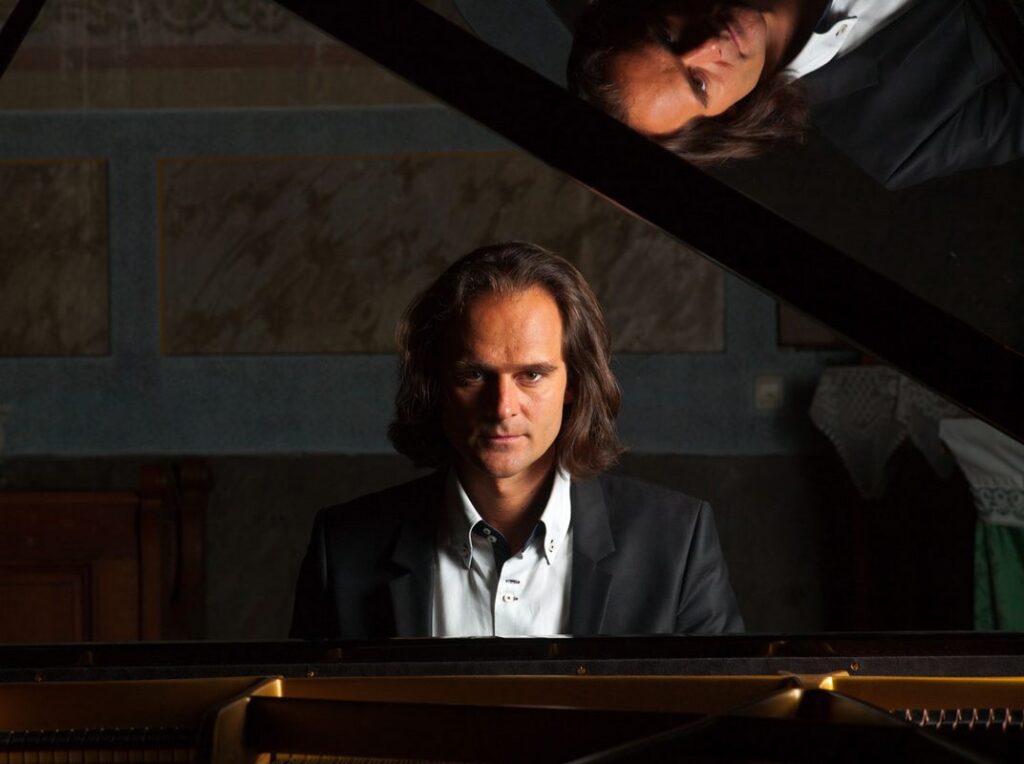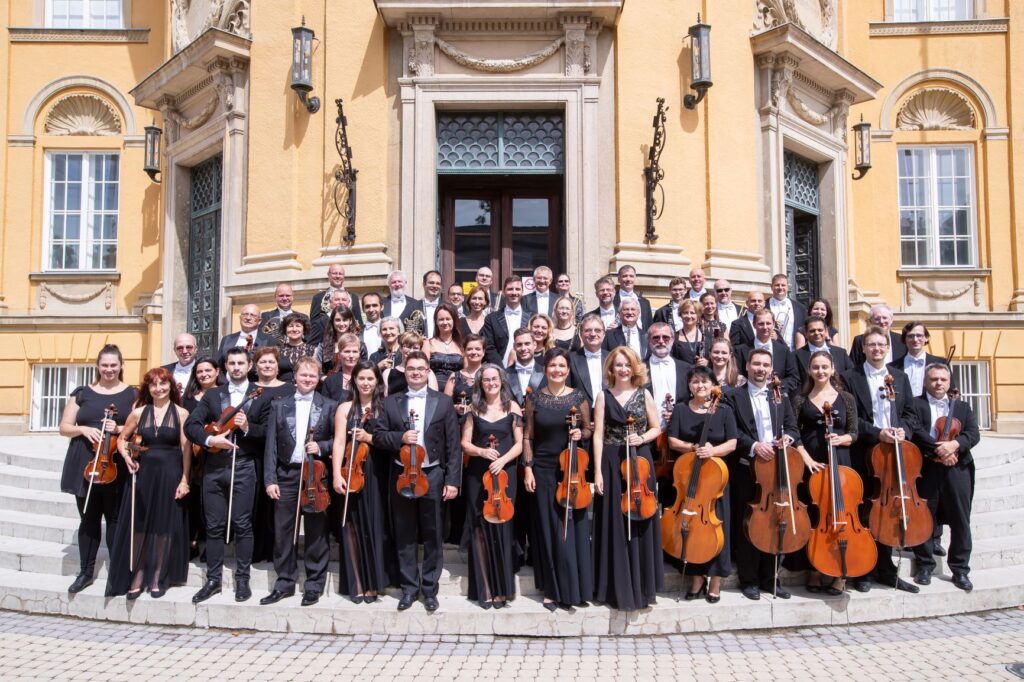In what is the first in a series of concerts this Autumn, the Egmont Overture performed by pianist Gergely Bogányi and the Kodály Philharmonic Orchestra is to take place on October 13th, 2020 at the Kölcsey Center, Debrecen. The concert can also be seen live, online.
Among the works of Beethoven – the IX. symphony – the Egmont Overture became more than just a composition, becoming iconic, an artistic display of the desire for freedom. The piece is part of a multi-movement accompaniment to a Goethe play, in which the poet features the famous XVI. it depicts the struggles of Count Egmont, a Dutch freedom hero who lived in the 16th century. With his drama and concentrated wording, Beethoven’s opus, presented in 1810, became a model for dramatic overtures.
The torments of Spanish oppression are characterized by a sarabande-like, intermittent musical material, while the ideal of freedom and the heroic struggle is expressed in overflowing melodies and huge enhancements. The Egmont Overture became deeply embedded in the historical memory of Hungarians, as it became an everyday companion of the struggles of our nation during the 1956 revolution and the war of independence, thanks to the Hungarian Radio.
Pieces were written for piano and orchestra play a particularly important role in Ferenc Liszt’s huge oeuvre, as he was perhaps the greatest pianist of the composer’s age. He composed a total of five pieces of this nature, two of which, in E flat major and A major, can actually be considered concerts. A concert in E flat major the first wording of which dates from 1849, which Liszt then revised, as usual, – several times. His wording is extremely concentrated, yet his three – practically composed – theorems are well recognizable. Its beginning is characterized by a strong starting character, which will later return in the stormy finale. In the middle of the piece, first, the bass players get a chance, then the solo instrument takes the lead. The third stage has a scherzo-like function, during which we can enjoy almost all the virtuoso masterpieces of the piano, and then the already mentioned impressive finale concludes one of the most popular concerts of the Romantic era.
Thoughts of the author: The Al Ula is a symphonic poem the source of his inspiration comes from my childhood passion for the Arab world. It was at that time that most of the books took me to this wonderful landscape of the world. With the help of these, I could imagine the scorching heat, the taste of Arabic coffee, fruits, and food, the sight of camel caravans, and the music of the Arab world. The cold coming suddenly after sunrise affected me as well as the crystal clear light. The contradiction between poverty and unimaginable wealth, and the many, many mysterious habits that are not found in our lives, have equally moved my imagination.
Later in life, I had the opportunity to experience all of this in person, so my passion for it intensified. I’ve had a lot of experiences in Saudi Arabia, where I’ve found the most amazing mix of it all, which I read in books decades ago. The ancient city of Al Ula, with its wonders and tastes, touched my soul and made me pour these magical experiences into musical form and share them with others. My goal was to create a piece of music that everyone could understand that blends elements of Arabic music with the traditions of Western music.
1. The Pride of the Land
In the first movement, I wanted to show the shocking experience that the sight of infinite space and huge rocks evoked in me. The never-ending movement of the dunes, the stories guarded by the rocks, all evoke exotic feelings.
2. Scherzo
In this movement, we learn about the relaxing pleasures of the evening, The warmth of the stove, watching the stars, telling stories, and friendly conversations. In the middle of the movement, I composed a melody that combines the characteristics of traditional Hungarian (so-called fifth shift) folk songs and the Arabic music scale.
3. The Night
The music of the third movement has no definite object, nor does it have a specific story. We meditate in the silence of the desert night. We forget the daily rush and engage in responsibilities, external and internal meditation. We focus on the ever-increasing inner silence. From a distance, we hear a slightly frightening, unreal whisper. We give ourselves to nature and listen to its stories.
4. Light
The closing movement starts in a mysterious mood, immediately (attacca) after the previous one. We feel the night go by, the fog rises, nature wakes up. Suddenly the light emerges, the Sun shines, it shines through the rocks, giving our souls new hope and life. The theme of the Sun, which symbolizes the planet that gives warmth and life, appears several times in its entirety, in the form of a “quasi fanfare”. Its complete orchestral expansion already projects the theme of victory. Finally, the combination and simultaneous sounding of the two melodies lead to the elevated, triumphant completion of the work.
October 13, 2020, 7:30 p.m.BUY TICKETS
Kölcsey Center, Great Hall4026 Debrecen, Hunyadi u. 1-3.
Program: Beethoven: Egmont Overture, Op. 84. / Liszt: 1st piano concerto in (E flat major), S.124 / Gergely Bogányi: Al Ula Symphonic Poem
Featuring: Gergely Bogányi – piano / Kodály Philharmonic Orchestra Debrecen
Conductor: Dániel Somogyi-Tóth
Ticket price: 4200 HUF, 3300 HUF


